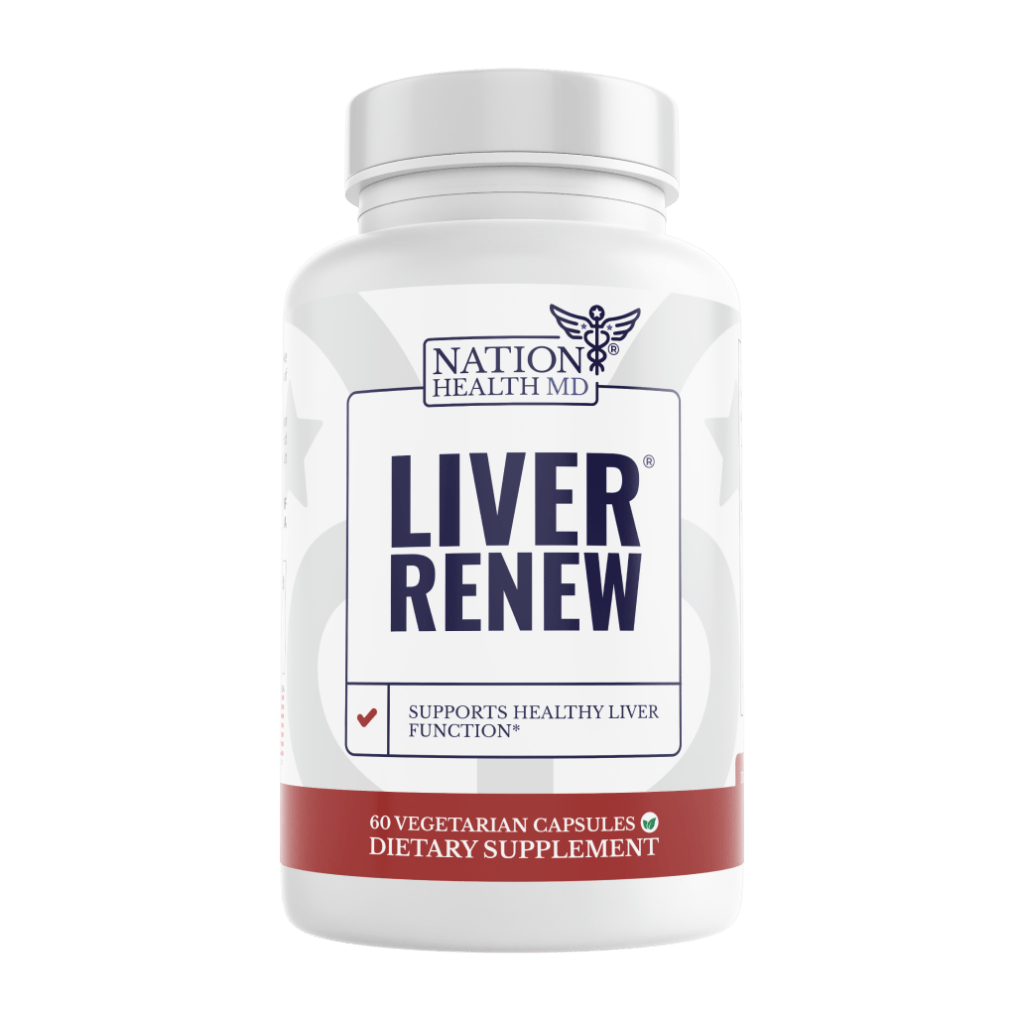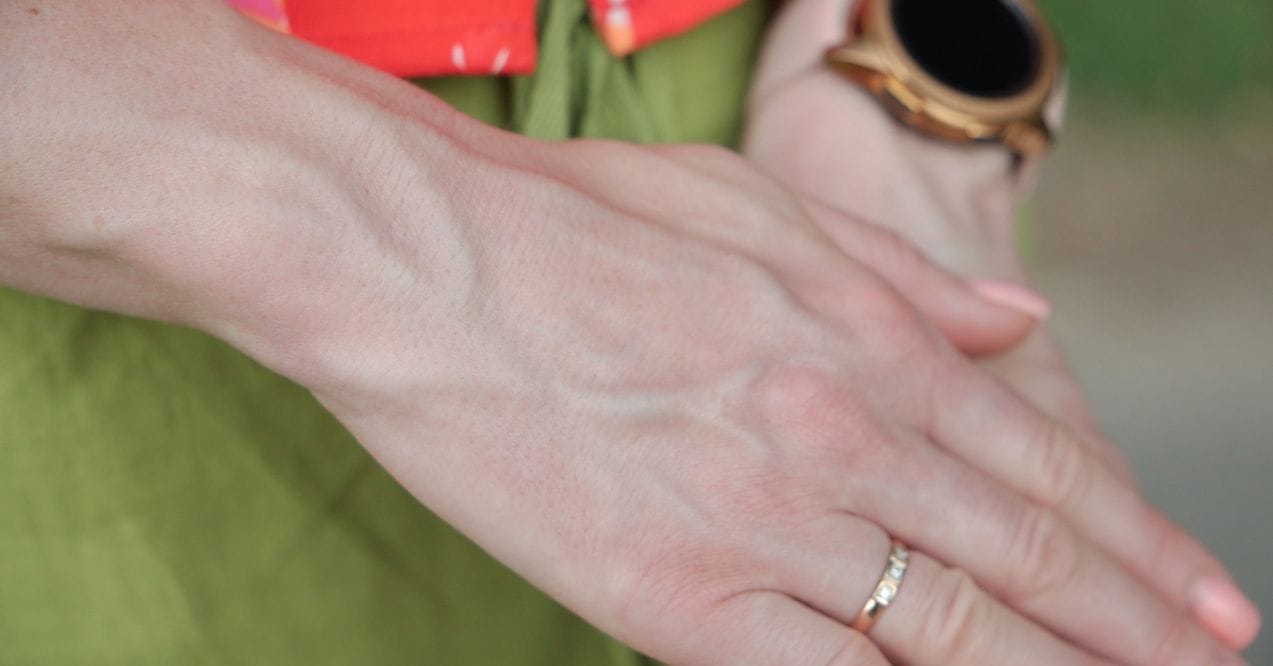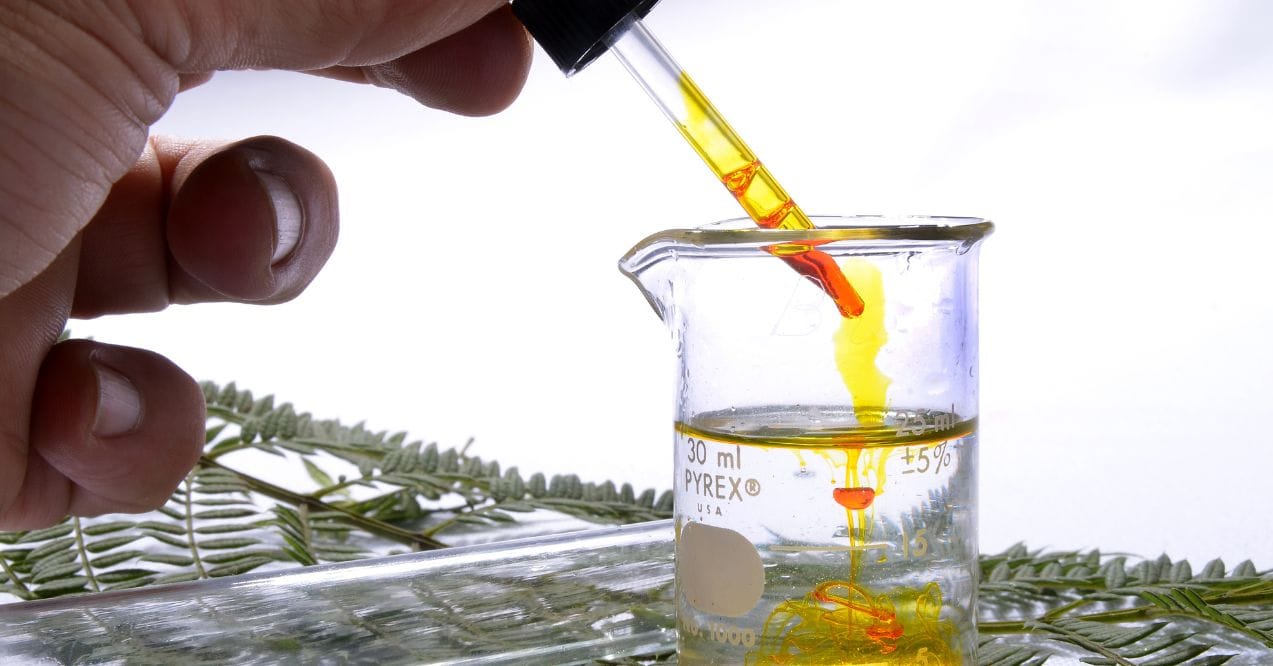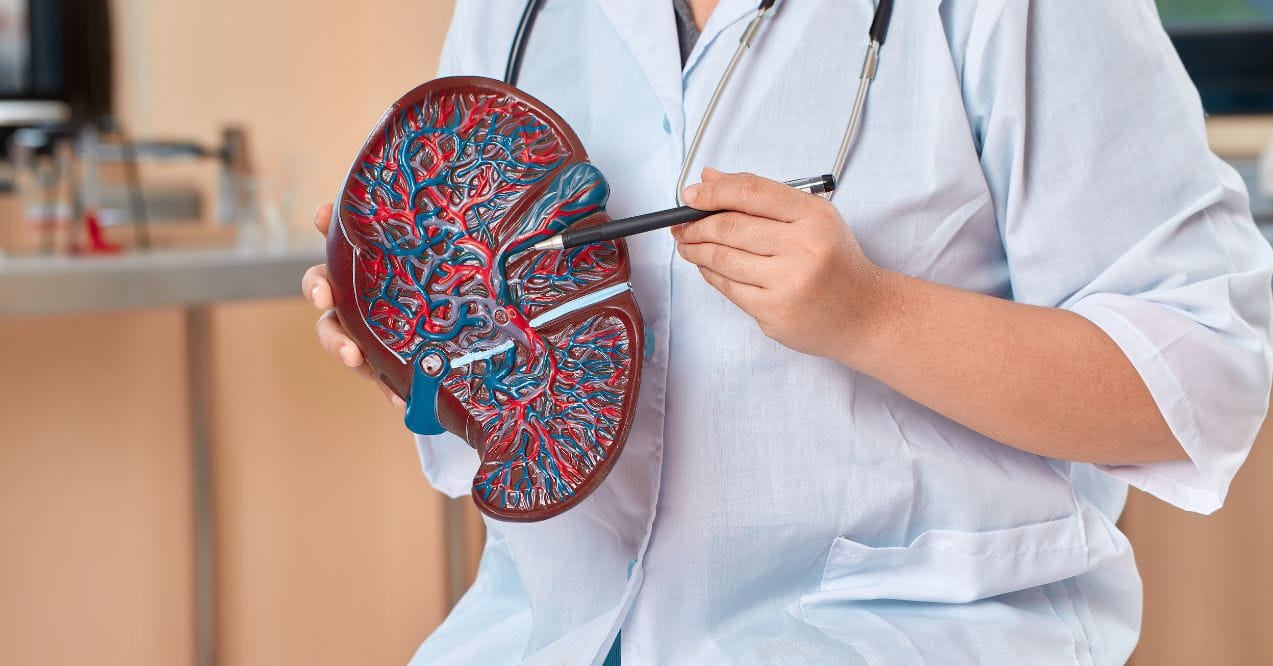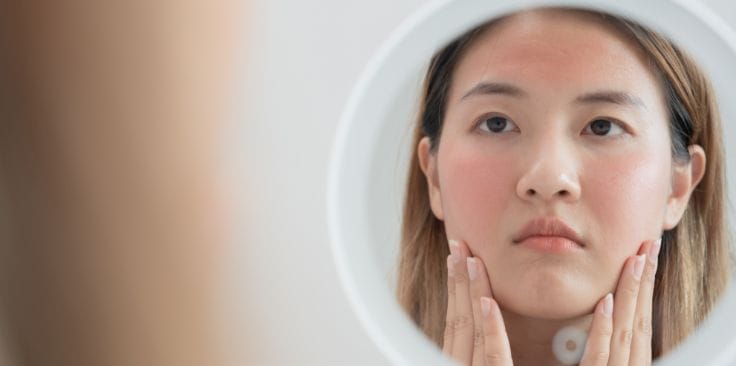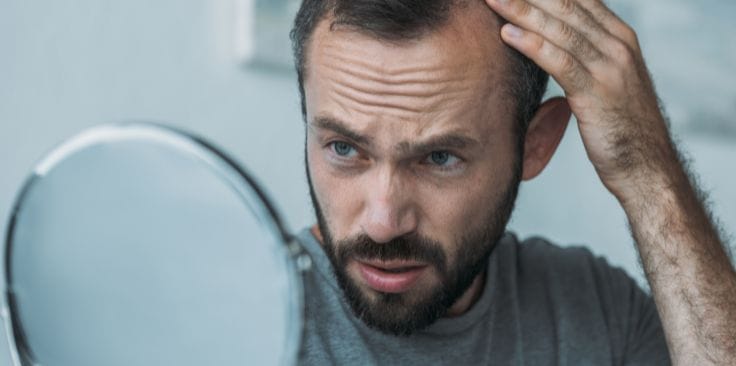Liver Biopsy: Procedure, General Anesthesia, Recovery
Medically reviewed by our experts
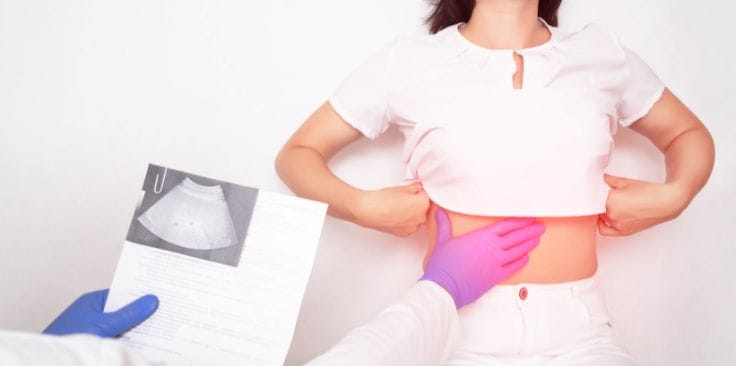

A liver biopsy procedure is a valuable diagnostic tool used to assess liver health. This procedure involves collecting a small liver tissue sample for laboratory analysis. The liver biopsy procedure, whether it requires general anesthesia, how a liver biopsy is done, and liver biopsy recovery are important aspects to consider. This information can help you prepare for this health assessment and feel more at ease about the process.
3 Key Highlights
- Liver biopsy procedure is a key diagnostic tool for assessing liver health
- The procedure is typically quick and may not require general anesthesia
- Most individuals resume normal activities within a week
What is a Liver Biopsy?
A liver biopsy is a medical procedure where a small sample of liver tissue is removed for laboratory examination. This test helps healthcare providers assess liver health and guide treatment decisions. The sample, usually about the size of a grain of rice, provides detailed information about the liver’s condition that other tests can’t reveal.
Why Would I Need a Liver Biopsy?
There are two main reasons for a liver biopsy procedure:
- Diagnosis – It can identify the cause of liver abnormalities detected through other tests. For example, if blood tests or imaging studies show unusual results, a liver biopsy can provide more specific information.
- Staging – For known liver conditions, a biopsy can determine the severity or progression of the issue. This information helps in creating an effective treatment plan.
A liver biopsy might be recommended if you have:
- Abnormal liver function tests
- Unexplained yellowing of the skin (jaundice)
- A mass or lesion on the liver detected by imaging tests
What Does a Liver Biopsy Show?
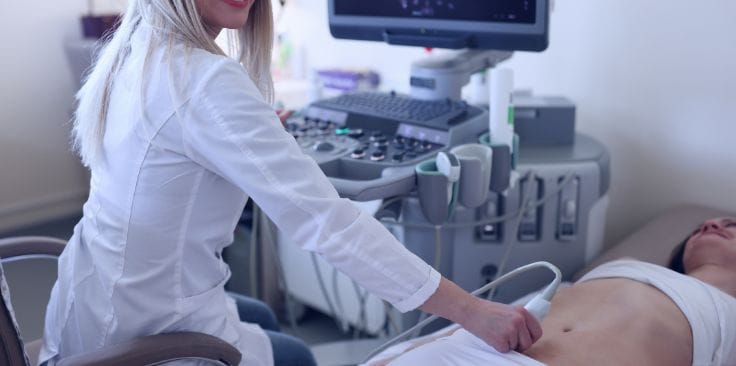
A liver biopsy procedure can provide insights into various aspects of liver health, including:
- Presence of inflammation – This can indicate ongoing liver damage
- Extent of liver tissue damage – This helps in assessing the severity of liver conditions
- Accumulation of certain substances in the liver – Such as fat, iron, or copper
- Changes in liver cell structure – This can reveal specific liver disorders
- Signs of liver regeneration – This indicates how well the liver is healing itself
How is a Liver Biopsy Performed?
There are three main techniques used to perform liver biopsies. Your healthcare provider will recommend the most suitable method for you based on your specific situation and overall health.
Percutaneous Liver Biopsy
Percutaneous Liver Biopsy is the most common method. A hollow needle is inserted through the skin into the liver to extract a tissue sample. The process typically follows these steps:
- You’ll lie on your back with your right hand above your head.
- The doctor will locate the liver by tapping on your abdomen.
- The area will be cleaned and numbed with local anesthetic.
- A small incision may be made to help insert the biopsy needle.
- You’ll be asked to hold your breath for a few seconds while the needle is inserted and the sample is taken.
- Pressure will be applied to the site to stop any bleeding.
Ultrasound or CT imaging may guide the needle placement for increased accuracy.
Transvenous Liver Biopsy
In this approach also called Transjugular Liver Biopsy, when a thin tube is inserted through a vein in the neck and guided to the liver. A small needle is then passed through the tube to collect the tissue sample. This method might be used if you have blood clotting problems or fluid in your abdomen. The procedure typically involves:
- Numbing the area on your neck where the catheter will be inserted.
- Inserting a catheter into the jugular vein and guiding it to the liver.
- Using X-ray imaging to ensure correct placement.
- Passing a biopsy needle through the catheter to take the liver sample.
- Removing the catheter and applying pressure to stop bleeding.
Surgical Liver Biopsy
Sometimes, a liver biopsy is performed during surgery. This can be done through traditional open surgery or minimally invasive laparoscopic techniques. Surgical biopsies might be recommended if:
- Other biopsy methods haven’t provided clear results
- A larger tissue sample is needed
- You’re already undergoing abdominal surgery for another reason
Does Liver Biopsies Require General Anesthesia?
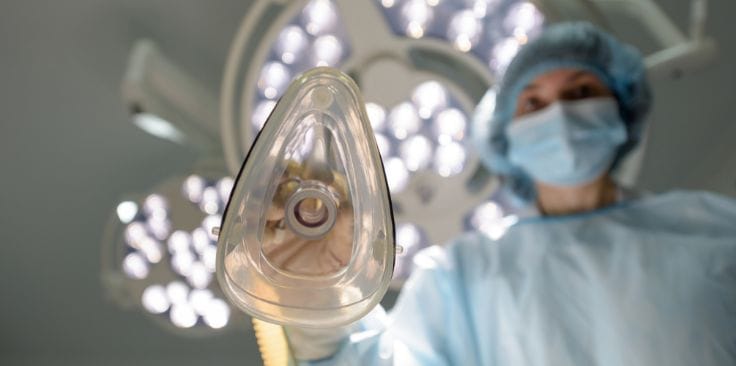
Most liver biopsies don’t require general anesthesia. Usually, local anesthesia is used to numb the area where the biopsy needle will be inserted. This means you’ll be awake during the procedure, which allows you to follow instructions, such as holding your breath when needed.
Some people may receive mild sedation to help them relax during the procedure. This is different from general anesthesia – you’ll still be conscious, but feeling very relaxed and possibly drowsy.
General anesthesia is typically only used for surgical liver biopsies. Your healthcare provider will discuss the best option for you based on your individual circumstances and the type of biopsy being performed.
What’s the Preparation for a Liver Biopsy?
Preparing for a liver biopsy involves several steps to ensure the procedure is as safe and effective as possible:
- Medical consultation – Your health history, current conditions, and medications will be reviewed. This is a good time to ask any questions you have about the procedure.
- Blood tests – These check blood clotting ability and cell counts. If your blood doesn’t clot well, you might need medication to reduce the risk of bleeding during the biopsy.
- Medication adjustments – You may need to pause certain medications, particularly blood thinners, for a period before the biopsy. Always follow your healthcare provider’s instructions about medication changes.
- Fasting – You might need to avoid eating or drinking for several hours before the procedure. This helps prevent complications from anesthesia.
- Arrange transportation – If you’re receiving sedation, you’ll need someone to drive you home afterward. It’s unsafe to drive while under the effects of sedation.
- Discuss concerns – Talk with your healthcare provider about any questions or anxieties you have. Understanding the procedure can help you feel more comfortable.
- Follow instructions – Adhere to any specific guidelines provided by your healthcare team. This might include avoiding certain foods or activities in the days leading up to the biopsy.
On the day of the biopsy, wear comfortable, loose-fitting clothing. You may be asked to change into a hospital gown for the procedure.
How Long Does a Liver Biopsy Take?
The actual liver biopsy procedure is quick, typically taking about 15 to 30 minutes. However, plan to be at the medical facility for several hours for preparation and observation afterward.
Here’s a general timeline of what to expect:
- Arrival and preparation – 1-2 hours
- Biopsy procedure – 15-30 minutes
- Recovery and observation – 2-4 hours
The total time at the medical facility is usually around 4-6 hours. This allows for thorough monitoring to ensure there are no complications before you’re discharged.
What Happens on the Day of the Procedure?
On the day of your liver biopsy, you can expect the following steps:
- Arrival and check-in – You’ll arrive at the medical facility and complete necessary paperwork. Bring your ID, insurance information, and a list of your current medications.
- Pre-procedure preparation:
- Change into a hospital gown
- Have vital signs checked (blood pressure, heart rate, temperature)
- Receive an IV line for fluids and possible sedation
- Meet with the healthcare team to review the procedure and ask any last-minute questions
- Imaging (if needed – Some procedures use ultrasound or CT to guide needle placement. This helps ensure accuracy and safety.
- Positioning – You’ll lie on your back with your right arm above your head. This position helps to spread the ribs, making it easier to access the liver.
- Local anesthesia – The biopsy site will be cleaned with an antiseptic solution and numbed with a local anesthetic. This may cause a brief stinging sensation.
- Biopsy procedure:
- A small incision may be made for needle insertion
- You’ll be asked to hold your breath briefly as the needle is inserted
- The tissue sample is collected quickly, often in just a few seconds
- You might feel a brief pressure or dull pain when the sample is taken
- Wound care – Pressure is applied to the biopsy site to stop any bleeding, and a bandage is placed over the area.
- Initial recovery – You’ll lie on your right side for a short period, typically about 30 minutes to an hour. This helps apply pressure to the biopsy site.
- Observation – Healthcare staff will monitor you for several hours. They’ll check your vital signs regularly and watch for any signs of complications.
- Discharge – Before you go home, you’ll receive aftercare instructions. These will include activity restrictions, wound care, and signs of potential complications to watch for.
How Painful Is a Liver Biopsy?
Most people experience only mild discomfort during a liver biopsy. The local anesthesia minimizes pain at the needle insertion site. You may feel a brief pressure sensation or dull ache when the biopsy is taken, but this typically lasts only a few seconds.
After the procedure, some people experience mild pain in the biopsy area or referred pain in the right shoulder. This is normal and usually subsides within a few hours or days. Any post-procedure discomfort is typically manageable with over-the-counter pain relievers, as recommended by your healthcare provider.
What Happens After the Procedure?

After the biopsy, you’ll rest in a recovery area for several hours. During this time:
- Your vital signs will be monitored regularly
- You’ll be observed for any signs of complications, such as excessive bleeding or severe pain
- You may be offered light refreshments once you’re fully alert
Before you’re discharged, you’ll receive detailed instructions for at-home care, including:
- Usually, you’ll need to avoid strenuous activities for a week
- How to keep the biopsy site clean and dry
- What pain relievers are safe to use if needed
- Follow-up appointment details
- When to call your healthcare provider
You’ll need someone to drive you home after the procedure, especially if you received sedation.
What Are the Possible Risks or Complications of Liver Biopsy?
While liver biopsies are generally safe, it’s important to be aware of potential risks:
- Temporary pain at the biopsy site
- A small amount of bleeding is normal, but excessive bleeding is rare
- There’s a small risk of infection at the biopsy site
- Some people may experience nausea or dizziness
- Puncture of nearby organs (This is very rare, especially with imaging-guided procedures)
- Another rare complication is when bile leaks from the liver
Your healthcare team takes many precautions to minimize these risks. They’ll monitor you closely after the procedure to catch any potential complications early.
How Long is the Recovery From a Liver Biopsy?
Most people recover quickly from a liver biopsy. You’ll need to avoid strenuous activities for about a week. This includes heavy lifting, intense exercise, and any activities that put strain on the abdominal area.
Many can return to regular activities within a day or two, but always follow your healthcare provider’s specific instructions. They may recommend:
- Resting for the remainder of the day after the biopsy
- Avoiding driving for 24 hours, especially if you received sedation
- Keeping the biopsy site dry for 48 hours
- Avoiding swimming or bathing (showers are usually okay) for a few days
- Gradually returning to normal activities over the course of a week
If you experience increasing pain, fever, or bleeding from the biopsy site, contact your healthcare provider immediately.
How Long Does it Take to Get Liver Biopsy Results?
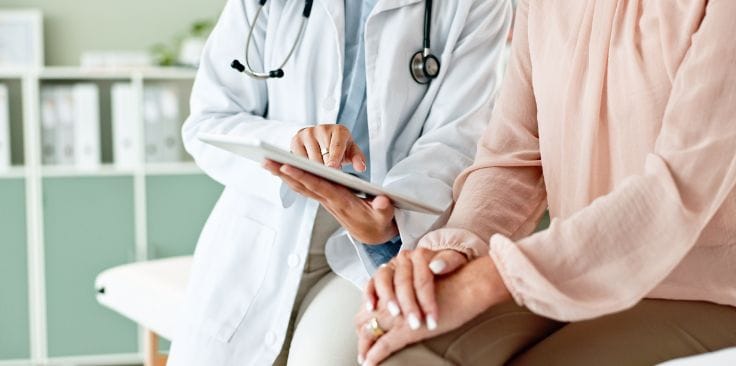
Typically, liver biopsy results are available within a week. The exact timing can vary depending on the specific tests being performed on the tissue sample.
A follow-up appointment will be scheduled to discuss the findings and any next steps in your care plan. During this appointment, your healthcare provider will:
- Explain the results in detail
- Discuss any diagnosis made based on the biopsy
- Recommend treatment options if necessary
- Answer any questions you have about the results or next steps
If the results are urgent, your healthcare provider may contact you sooner.
When Should I Call my Healthcare Provider After a Liver Biopsy?
While complications are rare, it’s important to know when to seek medical attention. Contact your healthcare provider immediately if you experience:
- Severe pain at the biopsy site or in your abdomen
- Fever, which could indicate an infection
- Excessive sweating or feeling faint, which might suggest internal bleeding
- Difficulty breathing
- Bleeding from the biopsy site
- Redness, swelling, or discharge at the biopsy site
- Persistent nausea or vomiting
These symptoms could indicate a complication that requires prompt medical attention. Don’t hesitate to call if you’re concerned about any symptoms you’re experiencing.
How Can You Support Your Liver Health Naturally?
After a liver biopsy, focusing on liver wellness is crucial. Nation Health MD‘s Liver Renew, endorsed by Lisa King, RPh, is designed to support liver function and overall health. Lisa King, a licensed registered pharmacist with over 33 years of experience and recipient of the Singlecare Most Influential Pharmacist of 2020 award, recommends this natural supplement for its blend of 9 evidence-backed ingredients.
These include Milk Thistle, Turmeric, and Artichoke, known for supporting liver health. Liver Renew aims to enhance energy, support detoxification, and promote healthy aging. It may help optimize metabolism, potentially improving daily energy levels without relying on snacks or caffeine.
A liver biopsy is typically done using a hollow needle inserted through the skin into the liver. The doctor may use ultrasound or CT imaging to guide the needle. The procedure takes about 15-30 minutes and is usually done with local anesthesia.
No, a liver biopsy is not considered major surgery. It’s a minimally invasive procedure usually done with local anesthesia, requiring only a small incision or needle insertion, though complications are possible and should be discussed with your doctor.
Liver biopsy is generally a low-risk procedure. Complications are rare but can include pain, bleeding, or infection. Serious complications occur in less than 1% of cases. Your doctor will discuss potential risks and take precautions to ensure your safety.
Professional, C. C. M. (2024, September 11). Liver Biopsy. Cleveland Clinic.
Liver Biopsy. (2024, May 29). Johns Hopkins Medicine.
Liver Biopsy. (2024). National Institute of Diabetes and Digestive and Kidney Diseases.
Chan, M., & Navarro, V. J. (2023). Percutaneous liver biopsy. StatPearls – NCBI Bookshelf.
Behrens, G., & Ferral, H. (2012). Transjugular liver biopsy. Seminars in Interventional Radiology, 29(02), 111–117.
Pandey, N., Et Al. (2023, July 24). Liver Biopsy. StatPearls – NCBI Bookshelf.
Latief, U., & Ahmad, R. (2018). Herbal remedies for liver fibrosis: A review on the mode of action of fifty herbs. Journal of Traditional and Complementary Medicine, 8(3), 352–360.
Farzaei, M., Et Al. (2018). Curcumin in liver Diseases: A systematic review of the cellular mechanisms of oxidative stress and clinical perspective. Nutrients.
Kamel, A. M., & Farag, M. A. (2022). Therapeutic Potential of Artichoke in the Treatment of Fatty liver: A Systematic Review and Meta-Analysis. Journal of Medicinal Food.
Popular Articles
Advertisement. This site offers health, wellness, fitness and nutritional information and is designed for educational purposes only. You should not rely on this information as a substitute for, nor does it replace, professional medical advice, diagnosis, or treatment. If you have any concerns or questions about your health, you should always consult with a physician or other health-care professional. Do not disregard, avoid or delay obtaining medical or health related advice from your health-care professional because of something you may have read on this site. The use of any information provided on this site is solely at your own risk.
